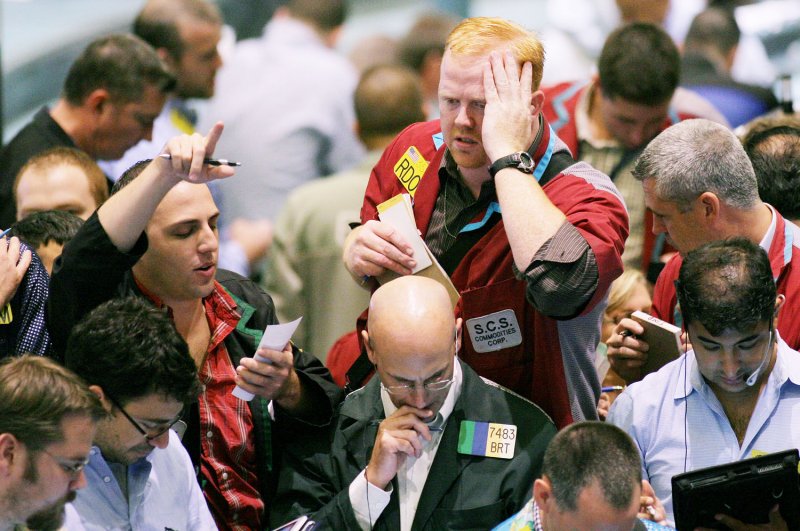Crude oil prices drift lower in early Wednesday trading after OPEC said balance won't return to the market until the second half of next year. File photo by Monika Graff/UPI |
License Photo
NEW YORK, Dec. 14 (UPI) -- An OPEC report that balance would return to the oil market later than a previous rival forecast sent crude oil prices tumbling in early Wednesday trading.
A report from the International Energy Agency said this week that demand for oil could surpass the level of supplies available on the market at some point during the first half of the year provided members of the Organization of Petroleum Exporting Countries and other producers honor a production cap starting in January.
OPEC agreed to hold output at around 32.5 million barrels per day, which would have to come from production cuts. Non-member states account for about half of the volume needed to meet the ceiling. In its monthly report for December, OPEC said it expected global demand for its crude would be at 32.6 million bpd next year.
The IEA said that, before the OPEC deal was reached, it expected markets to balance out by the end of the year. According to OPEC, it will be the second half, not the first half of next year, that balance returns.
Oil prices had rallied considerably in the wake of recent OPEC arrangements, though Tuesday movements oscillated between small gains and losses as markets brushed up against a short-term ceiling.
The price for Brent crude oil moved lower at the start of trading Wednesday by 1.2 percent to open the day at $55.04 per barrel. West Texas Intermediate, the U.S. benchmark price for oil, was off from the previous close by 1.6 percent to start trading in New York at $52.12 per barrel.
OPEC said it expected some non-member states like Canada and Kazakhstan, home to the giant Kashagan field, to produce more, while the United States and Mexico contribute to declines.
The shale oil boom in the United States pushed oil markets toward a surplus and sent oil below the $30 mark this year. With recovery emerging, some companies are returning to some of the more expensive shale basins idled by the downturn. This week, North Dakota reported a rise in crude oil production and a state energy director said to expect a slow rebound as long as oil prices stay between $50 and $60 per barrel for WTI.
Crude oil prices may be influenced later in the day when the U.S. Energy Information Administration releases weekly inventory data. The American Petroleum Institute late Tuesday said it recorded an increase in U.S. crude oil supplies of 4.7 million barrels.















